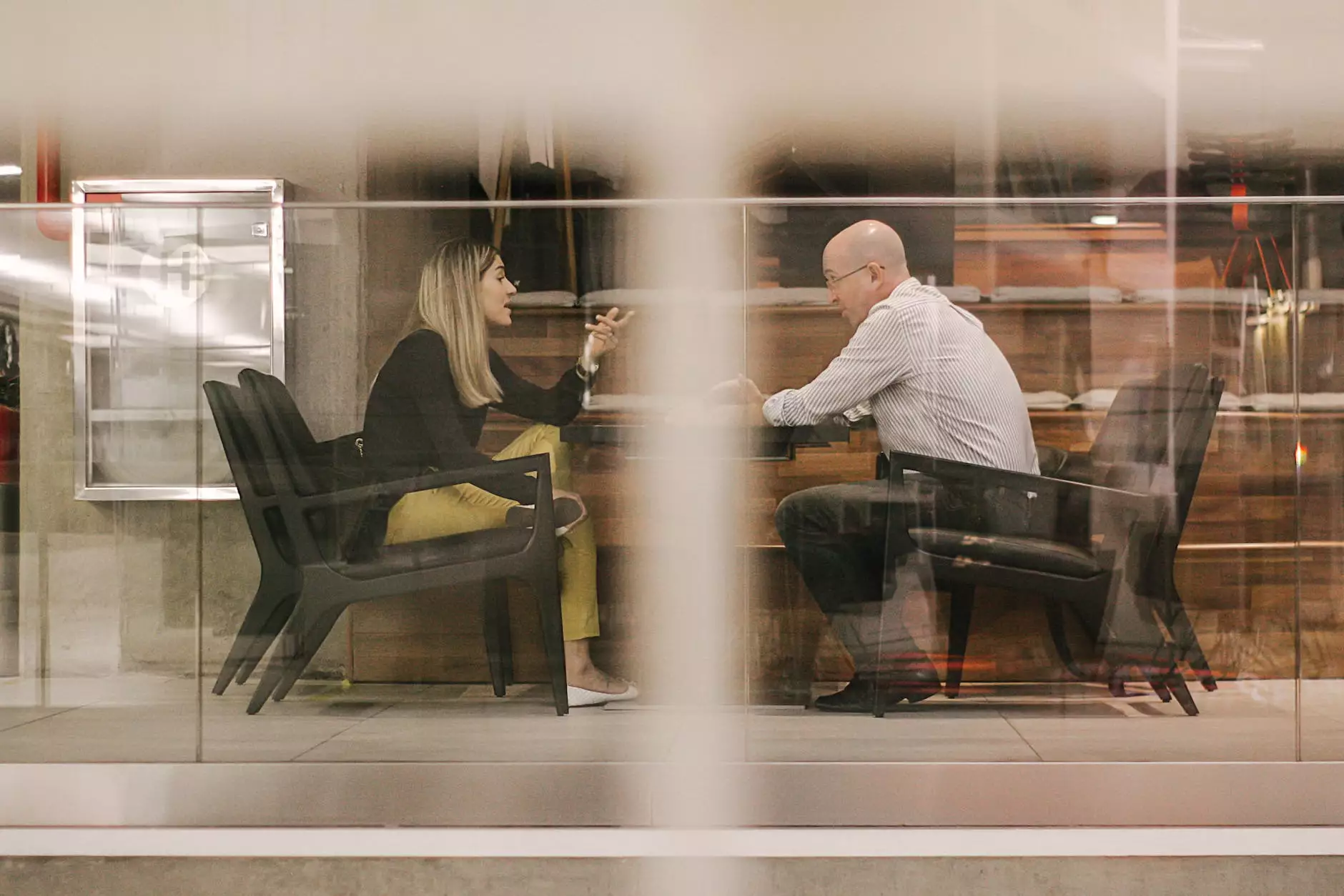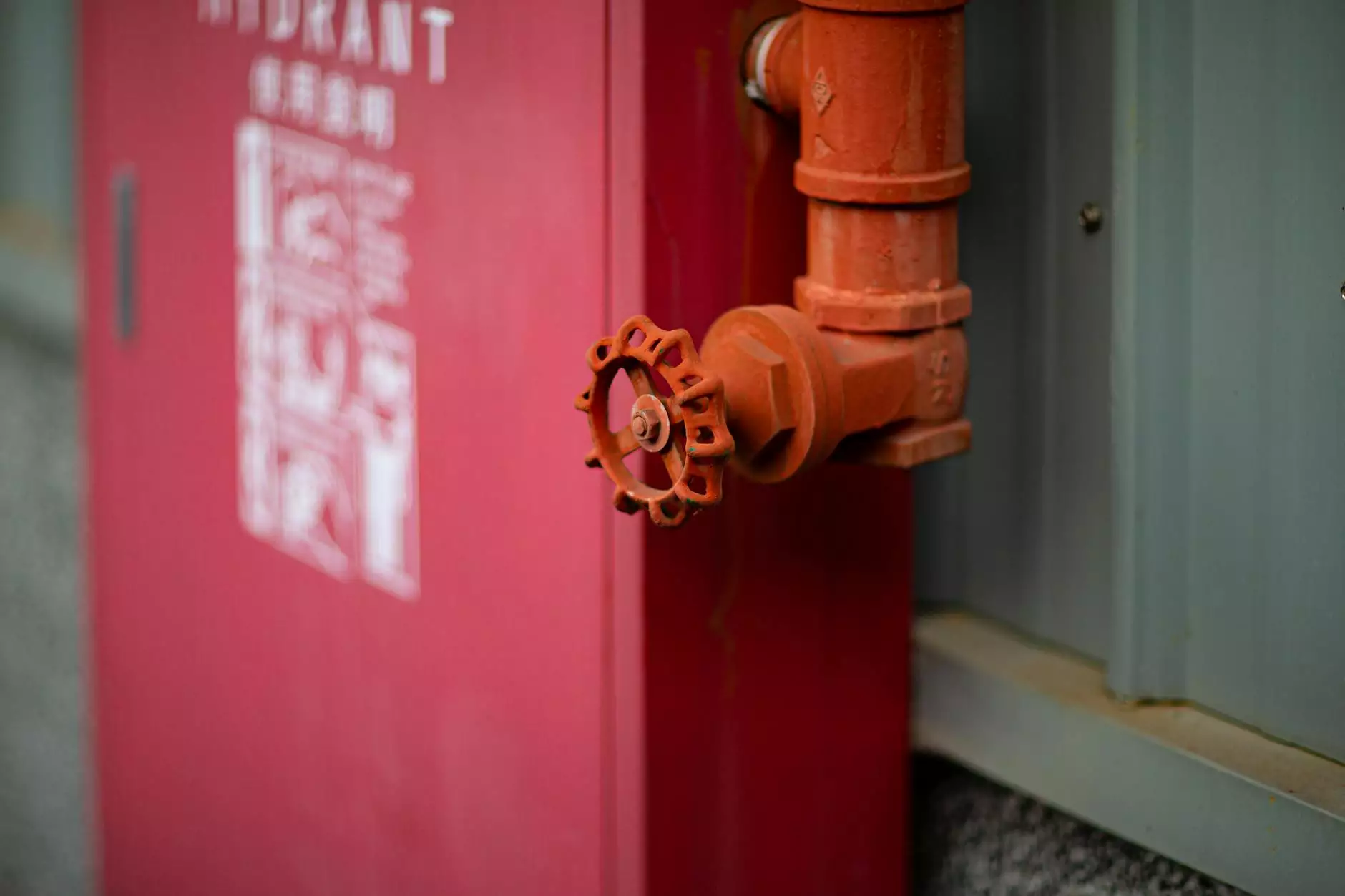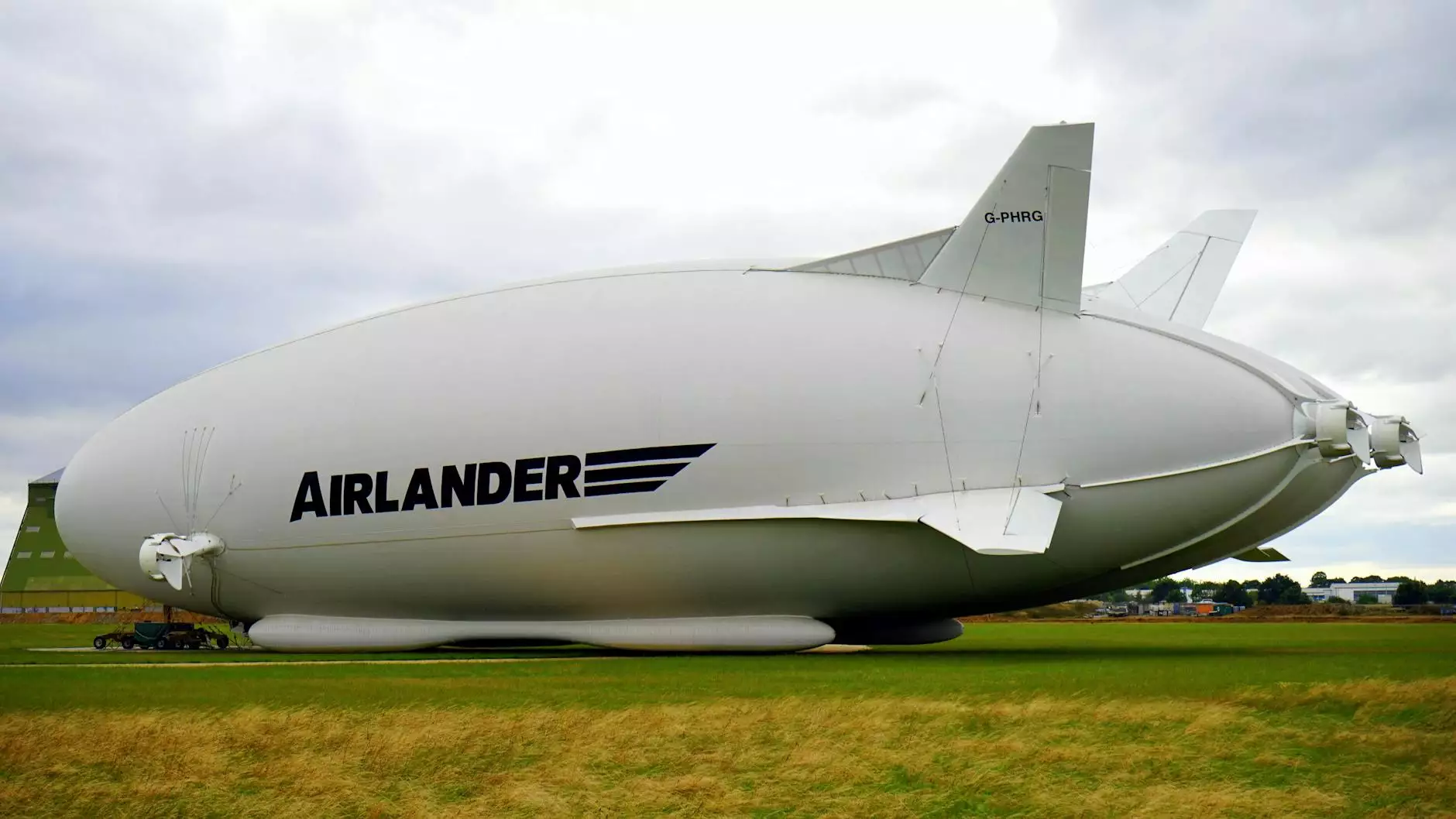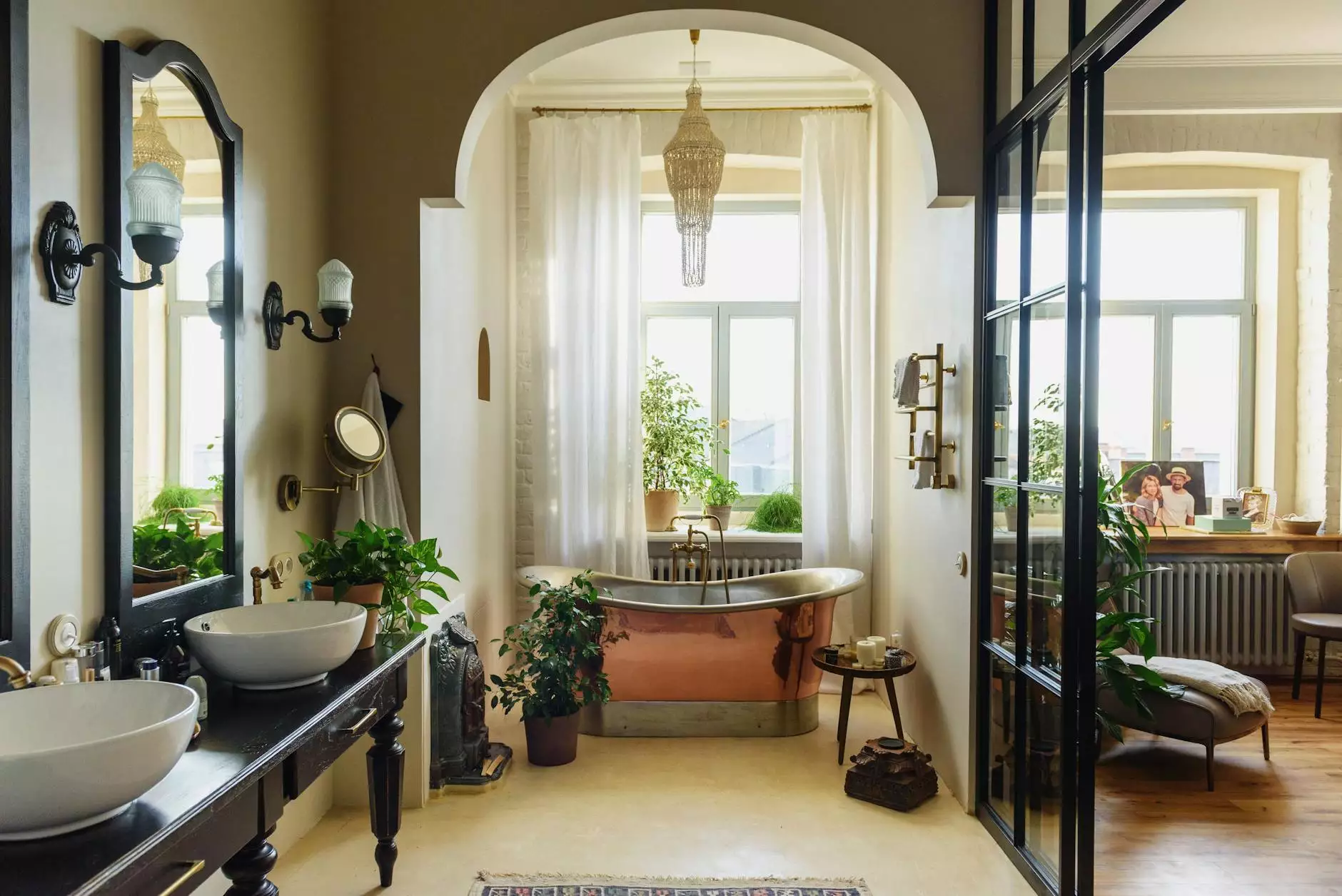How to Build a Large Bird Aviary: A Comprehensive Guide

Building an aviary can be one of the most rewarding projects for bird enthusiasts. A large bird aviary not only provides birds with ample space to fly and thrive, but it also adds charm and beauty to your garden or backyard. In this comprehensive guide, we will explore the essential steps and considerations in how to build a large bird aviary that will ensure the happiness and health of your feathered friends.
Understanding the Basics of Aviary Construction
Before you begin constructing your aviary, it's essential to understand what an aviary is and its primary purpose. An aviary is an enclosed space designed to provide birds with the freedom to fly while being protected from predators and adverse weather conditions.
Choosing the Right Location
One of the first steps in how to build a large bird aviary is selecting an appropriate location. Here are some factors to consider:
- Sunlight: Birds need sunlight for Vitamin D synthesis, which is crucial for their overall health. However, too much direct sunlight can be harmful, so consider partial shading options as well.
- Protection from Predators: Ensure that the aviary is in a location that minimizes the risk from ground predators such as cats and dogs.
- Accessibility: The aviary should be easy to access for maintenance, feeding, and cleaning.
- Ground Stability: Choose a flat area to prevent any structural issues in the aviary.
Designing Your Aviary: A Blueprint for Success
Once you've chosen the location, the next step is designing your aviary. Consider the following components:
Size Matters
The size of your aviary will depend on the types and number of birds you plan to keep. A larger aviary allows for more natural behaviors among your birds. A common recommendation is to allocate at least 10 square feet for each small bird and much more for larger species.
Materials for Construction
Using quality materials is crucial to ensure the longevity and safety of your aviary. Here are some suggested materials:
- Metal Framework: Steel or aluminum frames provide durability and prevent bending or warping over time.
- Mesh Panels: Use sturdy metal mesh, ideally with small openings to prevent escapes and protect from predators.
- Roofing Materials: Consider using polycarbonate sheets for a transparent roof that still protects birds from weather elements.
- Ground Flooring: A combination of dirt and sand works well, allowing for natural behaviors and easy cleaning.
Safety Features in Aviary Construction
When constructing your aviary, safety is paramount. Ensure that you:
- Secure all seams and joints to prevent escape.
- Install locks on access doors to keep birds secure.
- Consider using bird-safe materials, avoiding toxic substances.
Building the Aviary: Step-by-Step Instructions
Step 1: Lay the Foundation
Begin by marking out the dimensions of your aviary on the ground. The base should be level and stable. If you're using a wooden frame, dig holes for the posts and secure them in place.
Step 2: Construct the Frame
Assemble the frame using your chosen metal structure. Ensure all joints are secure, and consider using brackets for additional support.
Step 3: Attach the Mesh
Once the frame is complete, start attaching the metal mesh panels. Use screws and washers to secure them tightly, ensuring there are no gaps.
Step 4: Install the Roof
Cover the top of the aviary with your roofing material. This will provide shelter from rain and shade from direct sunlight.
Step 5: Final Touches
Install accessibility features, such as doors and feeding stations. Add perches, plants, and toys to enrich the birds' environment.
Creating a Suitable Environment Inside the Aviary
After building your aviary, focus on creating an enriching environment for your birds. Here are essential components:
- Perches: Provide various sizes and types of perches at different heights.
- Nesting Boxes: Depending on the species, offer nesting boxes for breeding.
- Water Sources: Install shallow dishes for drinking and bathing.
- Plants and Hiding Spots: Use bird-safe plants and structures to mimic natural habitats.
Maintenance of Your Aviary
Regular maintenance is crucial for the health of your birds. Here are some maintenance tips:
- Clean the aviary regularly to prevent buildup of droppings and debris.
- Check the structure for wear and tear, especially after storms.
- Refresh water supplies daily, ensuring they are clean and free of contaminants.
Choosing the Right Birds for Your Aviary
After constructing your aviary, you can choose the right species of birds to inhabit it. Consider the following:
- Compatibility: Ensure that the species you choose can live harmoniously together.
- Size: Avoid keeping significantly larger birds with much smaller ones.
- Social Needs: Research the social structure of the bird species to determine if they prefer to be in flocks or solitary.
Conclusion: Bringing Your Aviary to Life
In conclusion, building a large bird aviary is a fulfilling project that contributes to the safety and well-being of birds. By following the steps outlined above in how to build a large bird aviary, you'll create a thriving environment that mirrors their natural habitat. Remember that the commitment to care for your birds and maintain their aviary is ongoing, ensuring they lead happy and healthy lives.
Resources for Aviary Builders
For further reading and resources, consider visiting online forums, books, or contacting local bird clubs. They often have invaluable insights and support for fellow aviary builders.
Your aviary journey begins now! Happy building!









